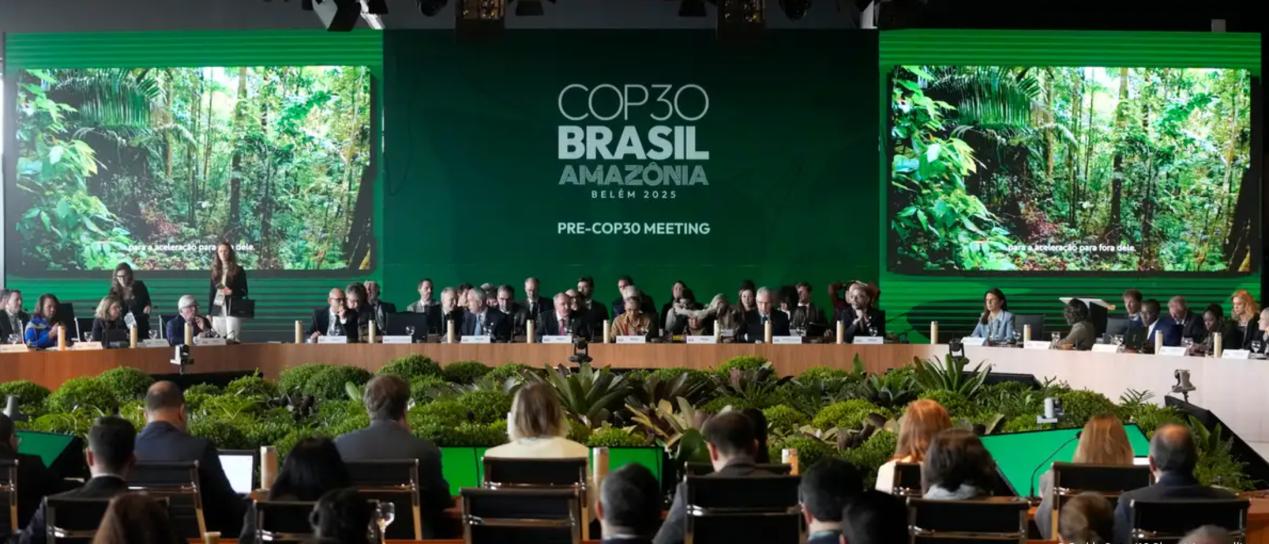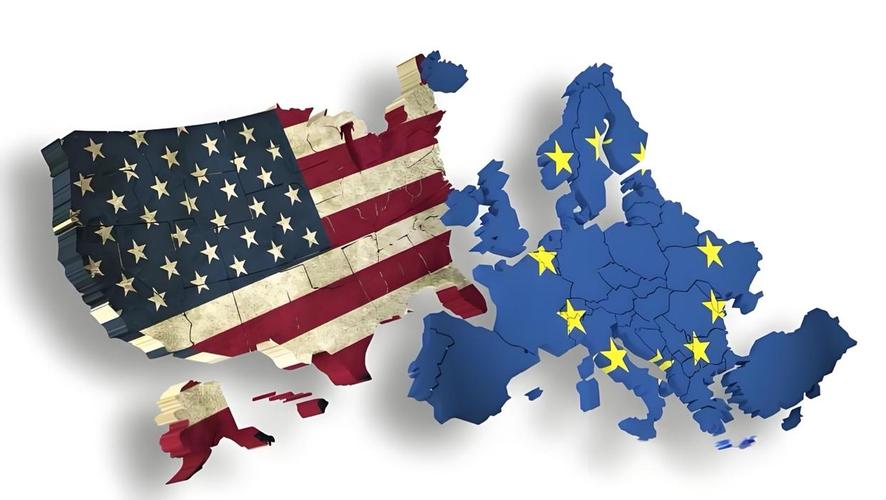
In November 2025, the transition period of the EU's Carbon Border Adjustment Mechanism (CBAM) will come to an end, and it will enter the full taxation stage. As the world's first cross-border carbon tax system, under the guise of "climate governance", it is in fact reconfiguring trade rules, marking the official entry of global trade competition into the "carbon cost" era. From steel to aluminum, from fertilizers to electricity, export enterprises in six high-carbon industries are facing unprecedented compliance pressure, and the ripples of this green transformation have quietly spread to every corner of the global supply chain.
I. From "Carbon Leakage" to "Carbon Barriers": The Dual Logic of the EU
The core motivation for the EU to implement CBAM is ostensibly to address the "carbon leakage" problem - that is, EU enterprises shift production to regions with lax emission reduction policies to avoid high carbon prices, resulting in a global increase in carbon emissions. However, the shadow of trade protectionism is always lurking beneath the surface. According to data from the EU Emissions Trading System (EU-ETS), the average carbon cost for steel enterprises in the EU was 120 euros per ton in 2023, while the carbon cost for similar enterprises in developing countries such as India and China was less than one-third of that. This cost disparity has placed EU enterprises in a dilemma of "environmental compliance but market loss".
The collection rules of CBAM directly target this contradiction: importers must purchase certificates based on the actual carbon emissions of the products, with the price linked to the weekly average price of the EU carbon market. If the exporting country has implemented a carbon pricing mechanism, part of the cost can be offset; otherwise, the importer must pay the full difference. This "leveling of carbon costs" design essentially forces global enterprises to bear the same emission reduction costs as those in the EU through unilateral rules.
II. Data War: The Green Compliance Anxiety of the Global Supply Chain
In January 2025, the EU opened the application for the "Authorized CBAM Declarant" status, marking the official start of the data compliance war. According to the regulations, importers must submit process-level carbon emission data for the products, covering both direct emissions (such as in the smelting process) and indirect emissions (such as electricity consumption). If actual measured values cannot be provided, default intensity - the average of the worst 10% of enterprises in the same industry in the exporting country - will be used. This "punitive default value" clause forces enterprises to establish a full-chain carbon footprint tracking system.
III. Cost Reconstruction: The Green Shift in Transportation Modes and Industrial Layouts
The implementation of CBAM is reshaping the global logistics cost structure. Traditional air transport, with the highest carbon emissions per unit, has become the most sensitive transportation mode in terms of compliance costs. An innovative solution designed by a freight forwarder for fertilizer exporters shows that using biodiesel trucks for inland transportation, nuclear power-driven China-Europe freight trains for trunk transportation, and relying on electric equipment for port handling can reduce the overall carbon footprint by 25%, thereby reducing CBAM costs. This "multimodal transport optimization" model is becoming the core strategy for enterprises to lower compliance costs.
At the industrial layout level, high-carbon industries are facing a difficult choice between "local emission reduction" and "production relocation". The Indian Steel Association predicts that if a carbon pricing mechanism is not established by 2026, the export cost of its steel will increase by 32%, leading to a loss of market share in the EU. Meanwhile, Chinese steel enterprises have successfully reduced the expected carbon tariff cost by 30% through the adoption of hydrogen-based direct reduced iron technology and the layout of nuclear-powered railway transportation in Russia. These cases demonstrate that the CBAM is forcing the global industrial chain to restructure towards low-carbon technologies, green energy, and efficient logistics.
Ⅳ. Global Competition: The Standardization Race of Carbon Pricing Systems
The spillover effect of the EU's CBAM has triggered a multilateral chain reaction. The US Clean Competition Act proposes to impose carbon tariffs on 25 high-carbon industries, while Canada, the UK, Japan, and other countries have successively initiated policy research. The United Nations Conference on Trade and Development warns that if major global economies all establish carbon border mechanisms, developing countries may lose $5.9 billion in export revenue annually. This "standardization competition of carbon pricing systems" is essentially a contest for the right to speak in climate governance.
As the world's largest manufacturing country, China is responding to the challenges through three aspects: first, expanding the industry coverage of the national carbon market and incorporating the steel and aluminum industries into the mandatory emission reduction system; second, building a product process-level carbon footprint database, with over 6,000 LCA (Life Cycle Assessment) standards for products released by October 2025; third, promoting the alignment of the Paris Agreement with WTO rules and proposing the principle of "common but differentiated carbon responsibilities" at the 2025 WTO Ministerial Conference to secure exemption clauses for developing countries.
In this green trade revolution, the gap between rule-makers and followers is widening. Through the CBAM, the EU not only consolidates its leadership in climate governance but also reshapes the global industrial competition rules. For developing countries, challenges and opportunities coexist: they must deal with short-term cost shocks while seizing the historical window for technological upgrading and standard setting to achieve a "curveball" in the carbon neutrality race. After all, the ultimate competition in the era of green trade is not just about carbon costs but also about the ability for sustainable development.

Since 2025, the conflict between the United States and Europe over the governance of the digital economy has continued to escalate.
Since 2025, the conflict between the United States and Euro…
When German Chancellor Mertz officially announced that he w…
On December 3rd local time, the copper price on the London …
The European Commission announced a new economic security s…
The European Commission announced a new economic security s…
For nearly a year, US President Donald Trump has launched a…